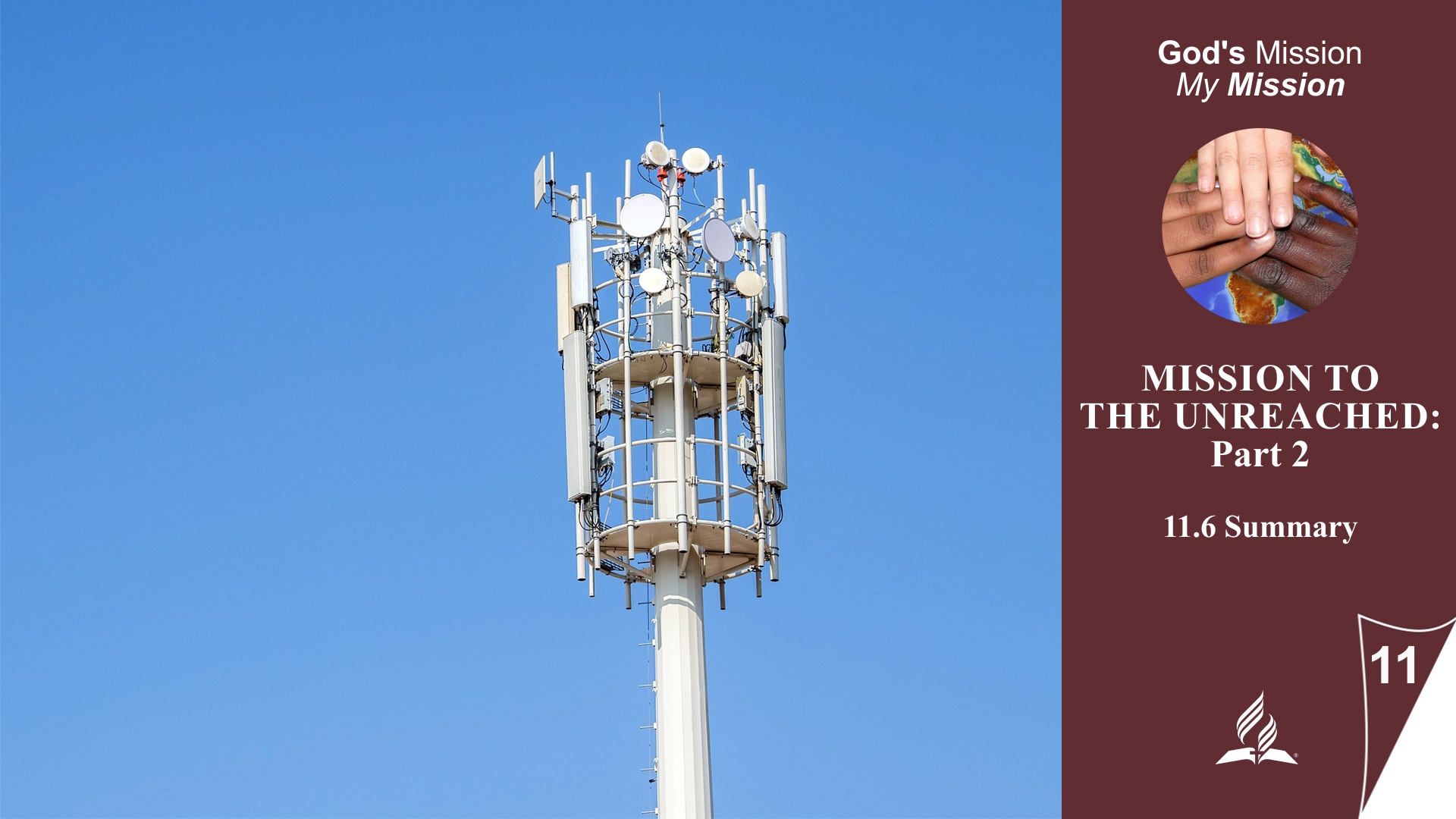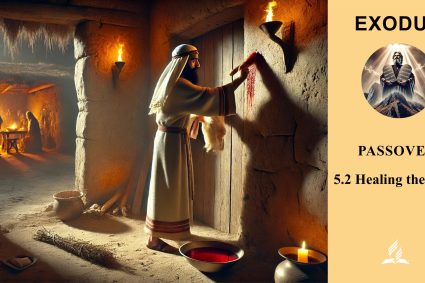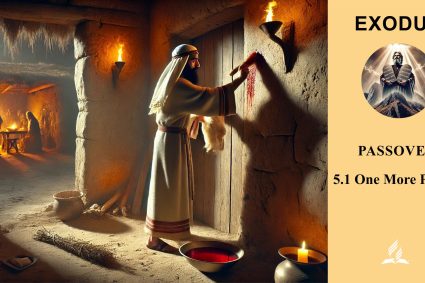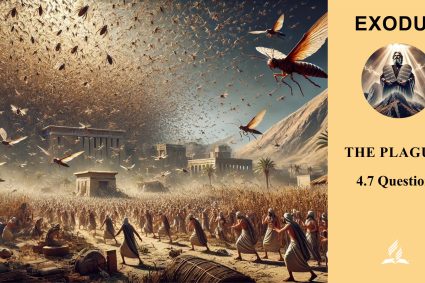

Lesson 11, “Mission to the Unreached – Part 2,” provides a profound exploration of missionary work in the context of unreached areas, particularly in urban environments. The Bible texts, especially Jesus’ encounters with people in cities like Tyre and Sidon, offer valuable lessons for modern Christians facing the challenge of mission in urban settings.
The lesson begins by examining Jesus’ decision to go with His disciples to areas influenced by pagan cultures. This served the purpose of imparting lessons to the disciples, preparing them for their calling to reach all population groups, including city dwellers. Bible passages such as Judges 3:1–6 and 1 Kings 5:1–12 are referenced to understand the background of these pagan cities and demonstrate how they posed a test for the people of God in the past.
A significant portion of the lesson delves into Jesus’ interaction with a Canaanite woman in Tyre and Sidon. This event emphasizes how Jesus introduced His disciples to a cross-cultural mission, confronted their biases and narrow-mindedness, and provided a model for holistic mission in cities. The connection to the texts in Matthew 15:22–28 and Mark 7:24–30 is highlighted to illustrate the differences in the portrayal of the woman and the instructive elements for the disciples.
The lesson also draws parallels to Acts 10:9–16.28.34–35, where Peter is prompted through visions of unclean animals to overcome his prejudices against the Gentiles. This demonstrates how crucial it is to address prejudices and cultural limitations to effectively carry out the mission in cities.
Overall, the lesson emphasizes the need to expand the missionary horizon, overcome biases, and practice a faith that shines even in the darkest cities. The challenges faced by missionary work in urban areas are addressed, from health and environmental issues to social and religious challenges. Nevertheless, it is emphasized that, despite these obstacles, Christians are called to engage with cities and bring the gospel to all cultures and nations.
In summary, the lesson encourages facing the challenge of mission in unreached and urban areas, overcoming biases, and following the example of Jesus, who brought love and the gospel to those who needed it most. It underscores that faith and mission are inseparably linked and that the devotion Jesus taught His disciples is relevant for modern Christians engaging in a diverse and challenging missionary environment.
The lesson “Mission to the Unreached – Part 2” connects in various ways to our daily lives and faith. Here are some connections:
-
Overcoming biases: The lesson encourages overcoming biases and being open to different cultures and people. In our daily lives, we encounter various people with diverse backgrounds, and faith teaches us to treat them with love and respect instead of being guided by prejudices.
-
Mission in daily life: The lesson emphasizes cross-cultural mission and the importance of living out the gospel in all aspects of life. This reminds us that our everyday life is a mission field where we can pass on the light of Christ through our behavior, words, and love for others.
-
Shining faith in the darkness: The idea that our faith should shine even in the darkest cities has a direct application to our daily lives. In the midst of challenges, stress, and uncertainties, as believers, we can bring hope and comfort by showing our confidence in Christ.
-
Prayer for a greater measure of faith: The challenge to seek a greater measure of faith in prayer is something that can be integrated directly into our daily lives. Opening ourselves in prayer for more faith allows us to move forward more boldly and trustingly in our daily lives.
-
Community and support: The lesson underscores the importance of Christian community and mutual support. In daily life, we can practice this by actively engaging in church communities and groups to learn from each other, encourage one another, and grow together in our faith.
-
Seeing life’s challenges as mission opportunities: The lesson reminds us that despite the obstacles in urban areas, Christians are still called to advocate for cities. Similarly, in our daily lives, we can see challenges as opportunities to live out our faith and bring others closer to the love of Christ.
Overall, the lesson encourages us not to confine our faith only to worship or personal prayer life but to actively integrate it into our daily lives. It shows that mission and faith are inseparably linked and that through our faith, we can bring about positive changes in the world around us.
(Visited 24 times, 1 visits today)




















